Description
*The Survival Medicine Handbook: The Essential Guide for When Help is NOT on the Way* is a comprehensive guide for handling medical emergencies in situations where professional medical help is not readily available. It’s especially useful for people who may find themselves in remote, disaster-prone, or wilderness settings. This guide typically covers a wide range of medical topics, focusing on how to manage injuries, illnesses, and emergencies in the absence of conventional healthcare. Below are some key topics and principles typically found in a survival medicine handbook:
### 1. **Basic First Aid & Trauma Management**
– **Wound care:** How to clean and dress wounds to prevent infection.
– **Fractures and dislocations:** Techniques for immobilizing broken bones and joint injuries using improvised splints.
– **Bleeding control:** Methods for controlling severe bleeding, including direct pressure, tourniquets, and hemostatic agents.
– **Burn treatment:** How to treat different degrees of burns using limited resources.
### 2. **Medical Kit Essentials**
– **Basic supplies:** The importance of a well-stocked first aid kit, including bandages, antiseptics, gauze, and medications.
– **Advanced tools:** Items that may be useful for more advanced situations, such as suturing kits, saline solution, and airway management tools.
– **Improvised medical supplies:** How to adapt available materials in the absence of traditional medical tools.
### 3. **Handling Illness in the Field**
– **Infections:** How to recognize and manage bacterial, viral, and parasitic infections, including fever management and antibiotic use.
– **Dehydration and fluid management:** Recognizing dehydration and how to rehydrate using available resources, including oral rehydration solutions.
– **Hypothermia and heat-related illness:** Prevention and treatment of conditions like frostbite, hypothermia, heat exhaustion, and heat stroke.
### 4. **Medical Emergencies & Conditions**
– **Heart attack and stroke:** How to identify and respond to cardiovascular emergencies in an austere setting.
– **Respiratory distress:** Techniques for dealing with asthma, choking, or other breathing issues when medical help is unavailable.
– **Poisoning and toxin exposure:** What to do in cases of poisoning, including snakebites, insect stings, and toxic plant exposure.
### 5. **Mental Health in Survival Situations**
– **Stress and anxiety management:** Recognizing and managing the psychological impact of survival situations, including techniques for staying calm and focused.
– **Post-traumatic stress disorder (PTSD):** Identifying the signs of PTSD and how to cope with trauma in remote environments.
### 6. **Survival Strategies and Triage**
– **Prioritizing care:** How to assess multiple casualties and prioritize treatment in mass casualty situations.
– **Triage principles:** Techniques for sorting patients by the severity of their injuries or illnesses, especially in life-or-death situations.
### 7. **Alternative Therapies and Herbal Medicine**
– **Using plants and herbs:** The basics of using natural remedies for pain relief, infection control, and wound care, depending on the environment.
### 8. **Special Situations**
– **Childbirth and pediatrics:** How to handle childbirth in the wilderness and provide care for infants and children when no professional help is nearby.
– **Care for the elderly:** Managing health issues specific to the elderly, such as falls or chronic medical conditions, in an isolated setting.
### 9. **Wilderness Survival & Environmental Hazards**
– **Animal bites and stings:** Dealing with snakebites, insect stings, and bites from other wildlife.
– **Survival in extreme conditions:** How to handle medical emergencies in extreme cold, heat, or high-altitude environments.
### 10. **Long-Term Survival Medicine**
– **Chronic conditions:** How to manage diabetes, hypertension, and other long-term illnesses with limited resources.
– **Antibiotic use:** Understanding how to use antibiotics safely and effectively in a survival situation.
### Conclusion:
In a survival scenario, you might not have access to a hospital, pharmacy, or even professional medical training. *The Survival Medicine Handbook* empowers individuals to take care of themselves and others when help is not on the way by teaching practical, adaptable medical knowledge that can be used in virtually any situation. Whether you’re hiking, prepping for a disaster, or stranded somewhere far from civilization, this handbook provides life-saving guidance for real-world emergencies.

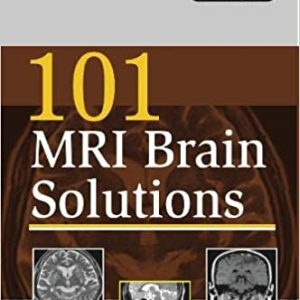
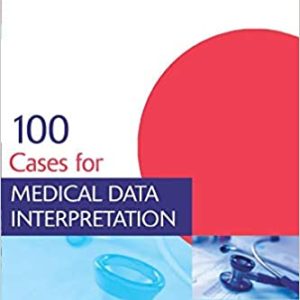
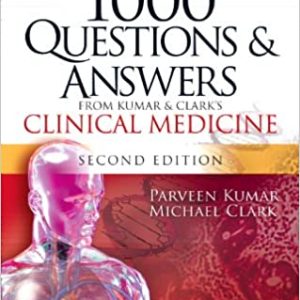
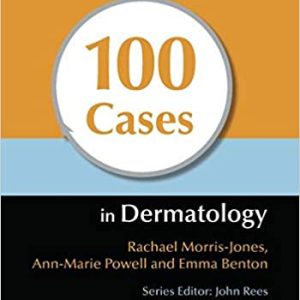

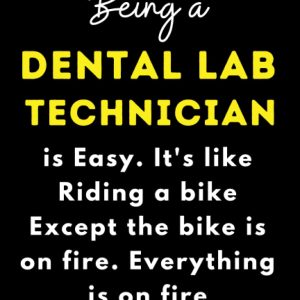


Reviews
There are no reviews yet.